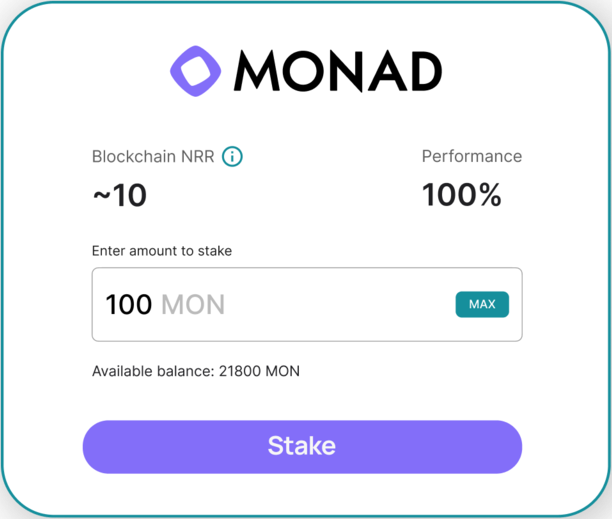Enabling staking on Cosmos has never been easier for institutions. At Chorus One, we’re committed to making staking accessible, secure, and developer-friendly, whether you’re building a dApp, integrating staking into a wallet, or simply looking to support your favourite Cosmos protocol. Our lightweight yet secure SDK empowers you to enable staking across all supported Cosmos SDK-based protocols with less than 10 lines of code. It also underpins Chorus One’s staking dApps for ATOM, TIA, DYDX and more.
Why Cosmos and the Cosmos SDK?
The Cosmos network is celebrated for its interoperability and modular architecture, powered by the Tendermint BFT consensus engine. This foundation allows independent blockchains to communicate and share data seamlessly, all while maintaining their autonomy. Staking is at the heart of Cosmos, securing the network and rewarding those who participate. Our SDK was built to empower Custodians, Exchanges and Wallet Providers to enable their users to access these benefits.
Chorus One SDK: Staking Made Simple
Don’t let the term “SDK” intimidate you. The Chorus One SDK is designed to be intuitive and lightweight. With just a few lines of code, you can:
- Build staking, unstaking, redelegation, and reward withdrawal transactions
- Sign transactions using your preferred method (including Utila, Ledger, and more)
- Broadcast transactions to the Cosmos network
- Track transaction status in real time
We’ve successfully implemented Cosmos staking solutions for industry leaders like Ledger and Cactus, proving robust compatibility and reliability.
Seamless Integration: Under 10 Lines of Code
Here’s how easy it is to get started with staking on Cosmos using our SDK:
import { CosmosStaker } from '@chorus-one/cosmos'
const staker = new CosmosStaker({
rpcUrl: 'http://public-celestia-mocha4-consensus.numia.xyz',
lcdUrl: 'https://api.celestia-mocha.com',
bechPrefix: 'celestia',
denom: 'utia',
denomMultiplier: '1000000',
gas: 250000,
gasPrice: '0.4'
})
Tip: The SDK is fully compatible with popular Cosmos libraries like `@cosmjs/cosmwasm`, making integration with existing projects seamless.
Validator Addresses Made Easy
The SDK provides a pre-populated list of Chorus One validator addresses for all supported Cosmos networks:
import { CHORUS_ONE_COSMOS_VALIDATORS } from '@chorus-one/cosmos'
const validatorAddress = CHORUS_ONE_COSMOS_VALIDATORS.COSMOS
Simplified Staking Operations
The SDK simplifies staking on the Cosmos and other networks by offering easy-to-use methods to perform operations such as staking, unstaking, redelegating, and withdrawing rewards. Here’s a simple example of how to build a staking transaction using the SDK:
const { tx } = await staker.buildStakeTx({
delegatorAddress: 'celestia1x88j7vp2xnw3zec8ur3g4waxycyz7m0mahdv3p',
validatorAddress: 'celestiavaloper15urq2dtp9qce4fyc85m6upwm9xul3049e02707',
amount: '1' // 1 TIA
})
Our SDK delivers a comprehensive end-to-end experience, facilitating signing via leading wallets and supporting transaction broadcasting. It’s common for our clients to have these services in-house, reducing the need for duplication. For more information on our adaptable and straightforward signing enablement and broadcasting, please refer to our in-depth documentation.
Why Choose Chorus One SDK?
- Lightweight: Get started in under 10 lines of code.
- Secure: Supports industry-leading signing solutions.
- Compatible: Works with the Cosmos SDK and popular libraries.
- Proven: Successfully implemented in major wallets and dApps.
- Scalable: Supports staking for all Cosmos SDK-based protocols.
Ready to enable staking?
With Chorus One, staking on Cosmos is as simple as it gets. Whether you’re building a new dApp, integrating staking into your product, or exploring Cosmos for the first time, our SDK has you covered.
Explore our technical documentation for a deeper dive and start staking today!




